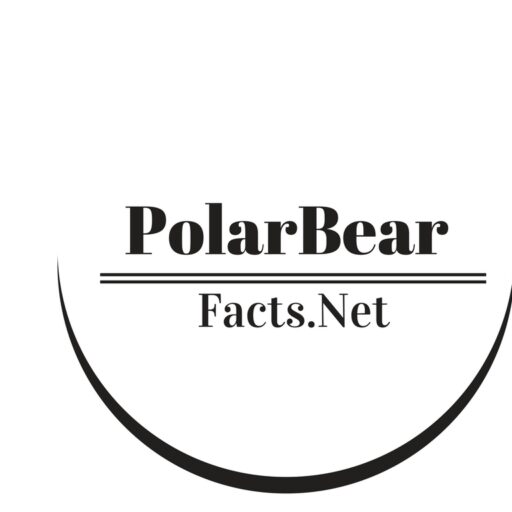We know that kids love to know about polar bears. They want to read polar bear books, watch animated movies in which
MorePolar bears are one of the few wild animals that do not breed well in captivity in comparison to its natural habitat.
MorePolar bears are one of the few Arctic animals that rely on sea ice for their prey. As the Arctic sea ice
MorePolar bear weight varies with the season because of the availability of food sources. The adult males are generally heavier than adult
MoreWhile polar bear (Ursus maritimus) is a land-based marine mammal the walrus (Odobenus rosmarus) is a flippered aquatic mammal. The walrus is
MorePeople living in the Arctic rarely call polar bears polar bears. They will call polar bears with many different names. Prominent among
MoreHere are the most frequently asked questions about polar bears. Over the past few decades polar bears have become the subject of
MorePolar bears are the Arctic’s land-based predators. They have a wide range of preys. While the primary prey is limited to seals
MoreA life cycle involves several phases that come into the life of every living organism. The life cycle of a polar bear
MorePolar bear (Ursus maritimus) is the largest carnivorous land mammal living today. The only other bear nearly the size of polar bear
More

